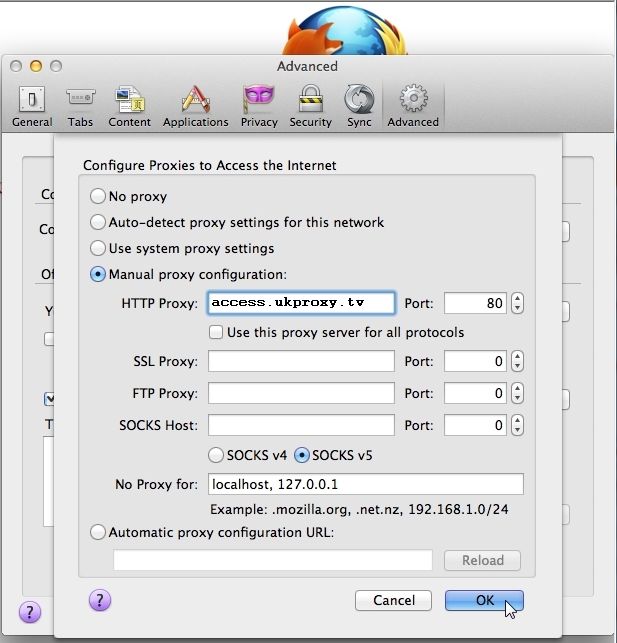

The Gopher protocol is still in use by enthusiasts, and although it has been almost entirely supplanted by the Web, a small population of actively-maintained servers remains. Gopher's hierarchical structure provided a platform for the first large-scale electronic library connections. More recent Gopher revisions and graphical clients added support for multimedia. Its text menu interface is well-suited to computing environments that rely heavily on remote text-oriented computer terminals, which were still common at the time of its creation in 1991, and the simplicity of its protocol facilitated a wide variety of client implementations. It offers some features not natively supported by the Web and imposes a much stronger hierarchy on the documents it stores. The protocol was invented by a team led by Mark P.

The Gopher ecosystem is often regarded as the effective predecessor of the World Wide Web. The design of the Gopher protocol and user interface is menu-driven, and presented an alternative to the World Wide Web in its early stages, but ultimately fell into disfavor, yielding to HTTP.

The Gopher protocol / ˈ ɡ oʊ f ər/ is a communication protocol designed for distributing, searching, and retrieving documents in Internet Protocol networks.


 0 kommentar(er)
0 kommentar(er)
